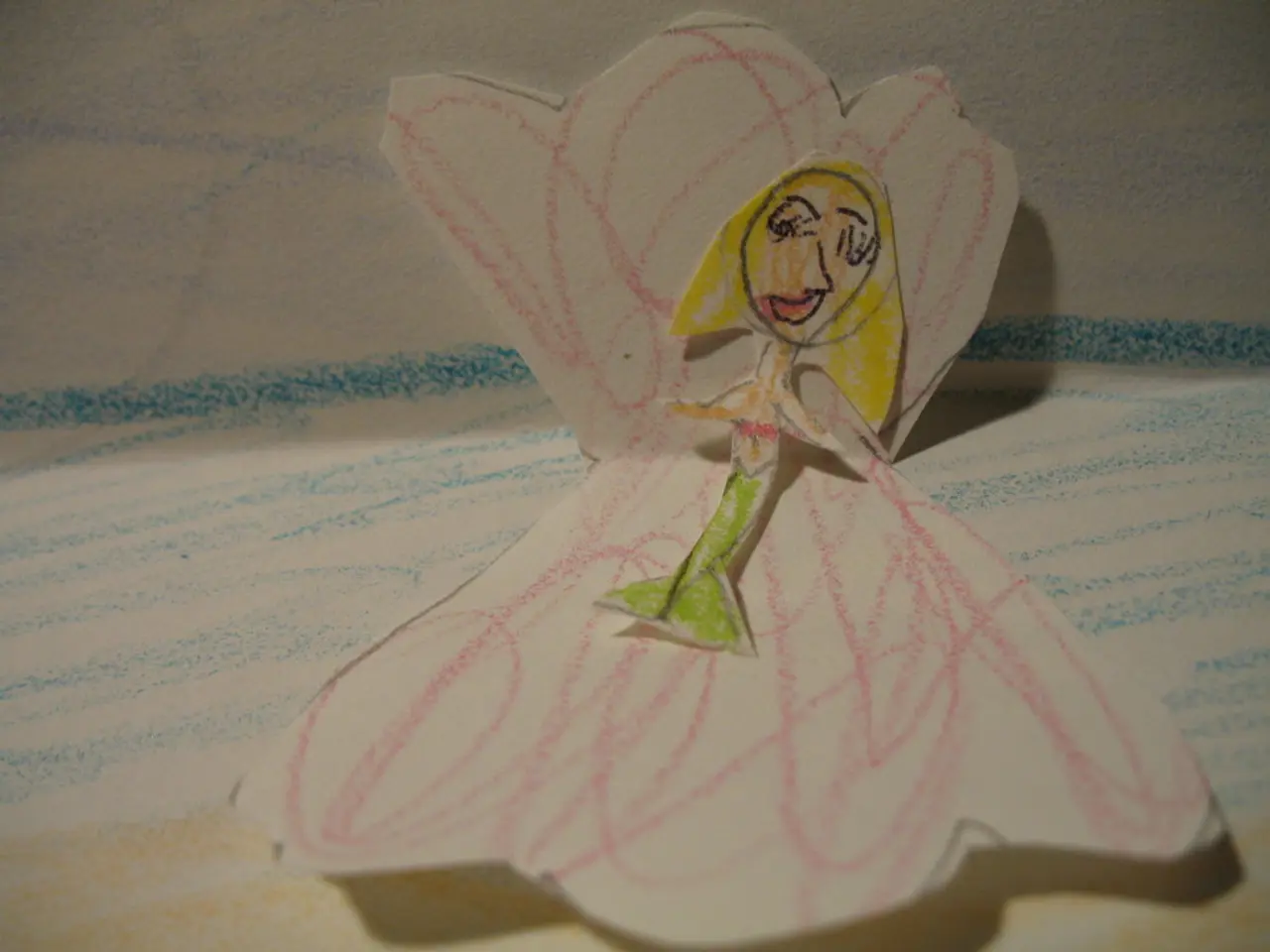Methods, Guidance, and Timing for Wiring a Bonsai: Optimal Bonsai Wire Techniques
In the world of bonsai cultivation, wiring is a vital technique that allows growers to shape and style their trees, mimicking the graceful curves and stunning structure of mature trees found in nature. This article provides a comprehensive guide on best practices for wiring a bonsai tree, from choosing the right wire to executing the wiring process.
#### Choosing the Right Wire
Bonsai wiring involves the use of two types of wires: anodized aluminum and copper. Each has its advantages, depending on the tree species and the branch size.
Anodized aluminum wire is softer and easier to bend, making it ideal for beginners or for wiring smaller, more delicate branches. It is also less expensive than copper wire. On the other hand, copper wire is stronger and holds its shape better, making it suitable for thicker branches or for achieving more dramatic shapes. However, it is more difficult to bend and can be more expensive.
#### General Wiring Techniques
1. Wiring During the Growing Season: The best time to wire your bonsai is during the growing season, as the tree is actively growing and more flexible. It is essential to remove the wire after a couple of months to prevent scarring.
2. Matching Wire Thickness to Branch Size: Ensure that the wire is not too thick for the branch, as this can damage the bark. Conversely, if the wire is too thin, it will not be effective in holding the branch in place.
3. Avoid Over-Tightening: Make sure the wire isn't too tight, as this can cut into the bark and cause damage. The wire should be snug but not constricting.
4. Seeking Guidance: If you're new to bonsai wiring, consider using a kit that includes a step-by-step guide or watching educational videos to learn proper techniques.
5. Handling Different Species: Some species, like the Japanese Pepper Tree, may require extra care because their branches are harder and less bendy. Be patient and gentle when wiring these trees.
#### Tools Needed
- Wire Cutters: Essential for cutting the wires to the desired length. - Bonsai Wire (Aluminum or Copper): Available in various thicknesses to suit different branch sizes. - Step-by-Step Guide or Video: Helpful for learning proper wiring techniques.
#### Additional Tips
- Always inspect the tree regularly to ensure the wire isn't causing damage. - Remove the wire if you notice any signs of scarring or constriction. - Practice makes perfect; start with small branches to gain experience.
By following these guidelines and choosing the right wire for your tree's needs, you can effectively shape and maintain your bonsai with anodized aluminum or copper wire.
Coniferous trees such as pines and junipers react best when wired between late autumn and early winter. Bonsai wiring allows for precise control over the placement and positioning of each branch, enabling the grower to create intricate designs. Secure excess wire properly to avoid damaging the tree or interfering with future growth.
When choosing the length of wire needed for each branch or section, it's recommended to shoot for 1 1/2 times the size of the area being wired. Wrap in an orderly and consistent manner, avoiding overlapping wires. Excess wire at the end of a wrap should never be left hanging; secure it by twisting it back onto itself, cutting it down to size, and tucking it tightly under or next to the final wrap.
Use high-quality copper or aluminum wires for bonsai wiring. Bend the wired branches gently into the desired position, making sure not to apply too much pressure and risk breaking the branch. Single wiring is the most basic method of bonsai wiring, aiming to create a smooth curve in the tree's branches or trunk by using one wire to hold it in place.
With these tips in mind, you are now equipped to start wiring your bonsai tree, shaping it into a work of art that brings joy and tranquility. Happy wiring!
- For bonsai enthusiasts who are also interested in smart-home-devices, consider using apps or gadgets that can remind you of the optimal time for wiring during the growing season of various tree species.
- Incorporating the art of bonsai into a lifestyle focused on home-and-garden or fashion-and-beauty, one might find that wiring techniques can be applied to shape the growth of plants used in interior design or to sculpt unique hair accessories from twisted branches.
- Advancements in technology have led to the development of self-adjusting wires for bonsai trees, combining elements of nature and innovation to create an efficient and modern approach to cultivating tree species.




